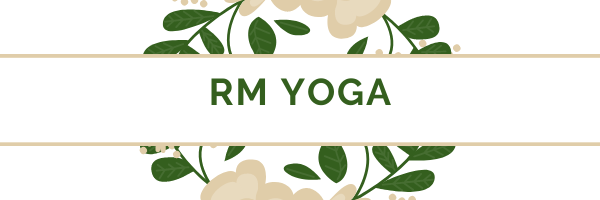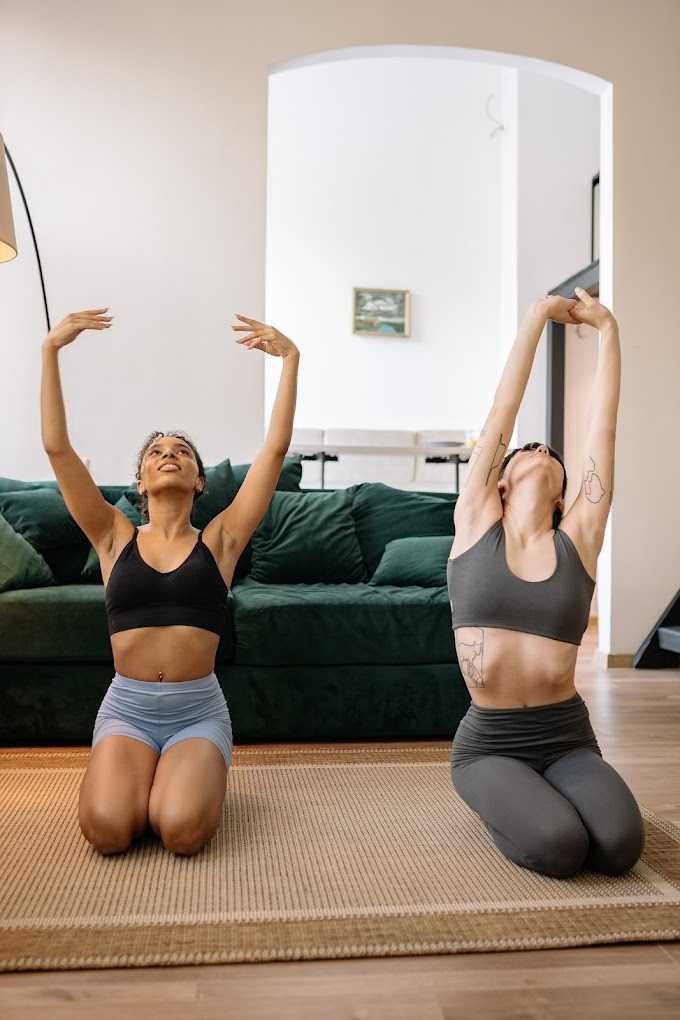We are amidst managing the second flood of the Covid pandemic and individuals are attempting each piece to safeguard themselves from the dangerous illness. The COVID-19 infection overwhelmingly influences the respiratory framework. Consequently, working on breathing activities can be useful while recuperating from COVID-19. Breathing activities can assist with fortifying the respiratory framework and help battle and lessen the effect of Covid previously, during, and after it strikes. Aside from this, breathing activities likewise lessen pressure, nervousness and assist with quieting the body and psyche.
Breathing activities to help ward off COVID-19 related difficulties
#1 Pursed lip relaxing
Tightened lip breathing is a straightforward breathing activity that dials back one's breathing, advancing a feeling of unwinding. It has additionally been displayed to let brevity free from breath, help oxygen levels and reinforce the lungs.
Tightened lip breathing is a straightforward breathing activity that dials back one's breathing, advancing a feeling of unwinding. It has likewise been displayed to let brevity free from breath, support oxygen levels and reinforce the lungs.
2 Anulom-vilom
Anulom-Vilom is otherwise called substitute nostril relaxing. This Pranayama has numerous medical advantages - that might help fend off COVID-19 related inconveniences - like superior lung limit, better blood flow, clear nasal entry, and stress decrease. This is a famous pranayama where you close one nostril while taking in, and afterward close the other nostril while breathing out.
Steps:
Sit in a reflection position either on the seat or on the ground and shut your eyes.
Unwind, however fix your neck and spine in an orderly fashion and put your wrists on your knees.
Close your right nostril by squeezing your right thumb on it and breathe in through the left nostril.
Put your ring finger on the passed on nostril and delivery your right nostril to breathe out through it.
Your breaths should be slow and profound.
Proceed with this breathing strategy through substitute nostrils for 10 minutes.
3 Bhramari pranayama
Brahmari sovereign, otherwise called the Humming honey bee, is perhaps the best breathing activity. It assists with prompting a quieting impact on the brain. This breathing procedure disposes of disappointment, tension and furthermore lessens exhaustion. Brahmari pranayama is basic and can be drilled anyplace and whenever.
Steps:
Seat on a seat or on the ground with folded legs.
Close your ears utilizing your thumb.
Place your center and ring fingers delicately at the internal corner of your eyes.
Rest your forefinger over your eyebrows and little finger where it lays on your cheeks.
Breathe in profoundly and keeping in mind that breathing out make a delicate murmuring sound like a bumble bee.
Rehash this interaction for 10 minutes to receive its rewards.
4 Ujjayi pranayama (Ocean Breath)
This breathing practice is one of the most widely recognized types of breath-control pranayama. Ujjayi pranayama, when performed accurately, can expand oxygen utilization. As per the Department of Neurophysiology at the National Institute of Mental Health and Neurosciences in Bangalore, this pranayama can expand your oxygen utilization during training by 52%.
Steps:
Sit up straight with your shoulders, loose away from your ears and shut your eyes.
Pack your throat so that you produce a delicate murmuring sound while you breathe out.
When you are happy with breathing out, pack your throat while you breathe in - again until a delicate murmuring sound is heard.
Control your breathes in and breathes out with your stomach.
Whenever you can handle the throat while both breathing in and breathing out, close the mouth and start breathing through your nose. Keep on compacting your throat the same way you did when the mouth was open. The breath will in any case make a delicate murmuring sound coming all through the nose - this is Ujjayi breath.
Ensure that the term of your breathes in and breathes out are equivalent.
5 Kevali pranayama (So-Ham)
Otherwise called So-Hum and Hamsa, Kevali pranayama is to distinguish yourself with a definitive, the universe. Considering reflection, you can break the word Sohum into two sections. 'So' will indicate taking in, and 'Murmur' will look like the sound of breathing out. While rehearsing this pranayama, rehash the breathing mantra to you to receive the best in return. This is one of the most outstanding breathing activities to further develop your lung limit.
Steps:
Make yourself agreeable in a situated position.
Zero in on your relaxing.
Presently, breathe in and breathe out while noticing your breath.
Rehash the mantra intellectually and pay attention to your breathes in (So) and breathes out (Hum).
Go on for 11 rounds.










0 Comments
If you any doubts , please let me know